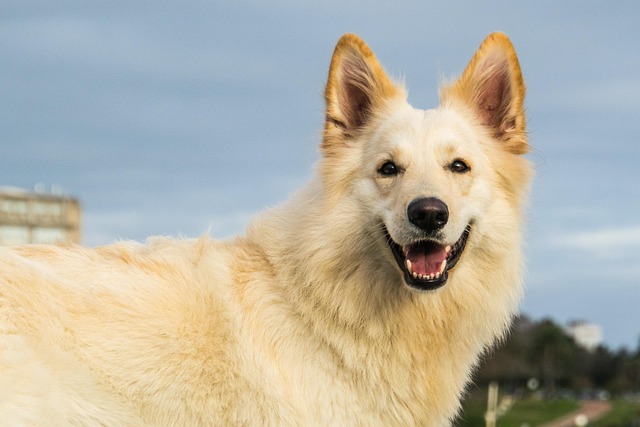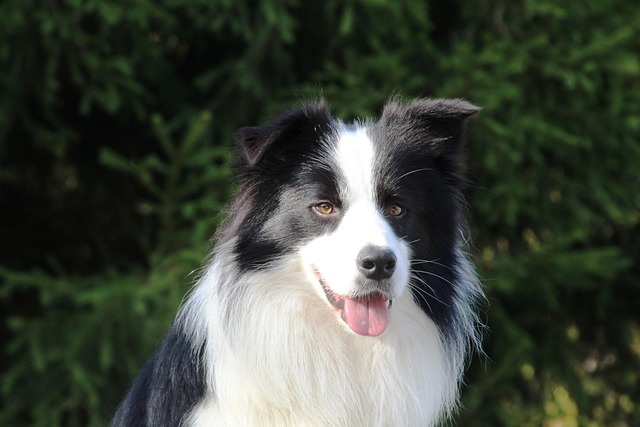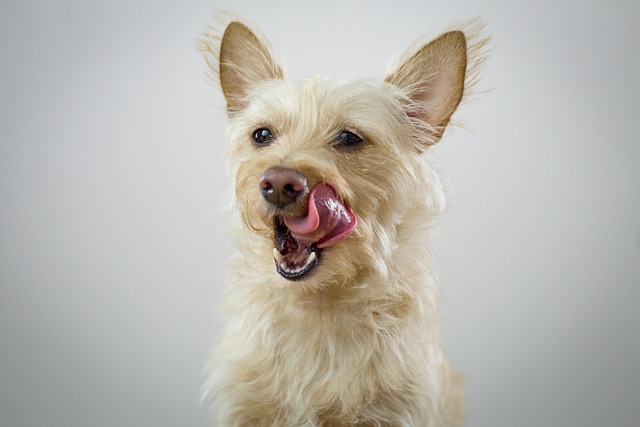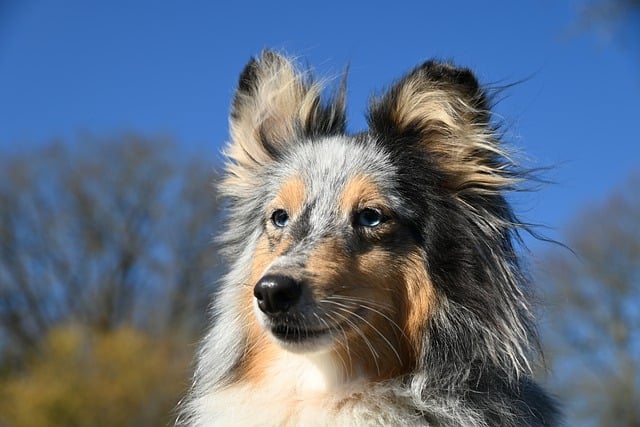When the doorbell rings at night, causing the dog to burst into sharp barks, or when it cowers under the sofa with trembling whimpers during a thunderstorm, we look into those eyes dilated with fear and feel overwhelmed by heartache and helplessness. A dog's fearful barking is not a willful outburst but a distress signal of inner anxiety, concealing fears of the unknown, past traumas, and environmental pressures. These cries of unease require us to decode them with professional knowledge and gentle patience.
The first step is to identify the source of the dog's fear. Fear triggers vary widely: some dogs fear loud noises (such as firecrackers or hairdryers), others panic at strangers entering their territory, and some dread other dogs due to past attacks. There was once a stray dog that had been abandoned, and every time it saw a deliveryman in a blue uniform, it would bark furiously. Later, it was discovered that the dog had been chased away by someone wearing blue clothes—this fear rooted in memory made barking its instinctive reaction to protect itself. Observing the dog's body language while barking (with its tail between its legs, ears flattened, and body trembling) can help us accurately locate the source of fear.
Incorrect comforting methods may exacerbate fear. When a dog hides in a corner and barks due to thunder, many owners immediately pick it up and comfort it softly, unaware that this behavior may make the dog mistakenly think that "barking can get attention." A owner's Bichon Frise was afraid of the vacuum cleaner, and every time it was used, the dog would bark and hide. The owner would put down the vacuum cleaner to comfort the dog, but as a result, the dog's fear response became more and more intense. The veterinarian explained, "Excessive attention will strengthen its fear association. The correct approach is to stay calm and make it feel that 'this thing is not scary'." This principle of "ignoring fearful behaviors and rewarding calm states" is the key to behavior correction.
Systematic desensitization training is the core method to eliminate fear. Take a dog afraid of a hairdryer as an example. It can start from the "standby state" of turning on the hairdryer (plugged in but not started). When the dog remains quiet, it should be immediately rewarded with snacks, and then gradually transition to starting the minimum wind power and increasing the use time. There was a Golden Retriever that, after two weeks of desensitization training, went from barking endlessly at the sound of a hairdryer to being able to wait quietly beside the owner while the owner dried their hair. This process is like "stepping on the brakes" for the dog's fear, reshaping its cognitive pattern by repeatedly binding the "fear source" with a "pleasant experience".

Creating a safe space can enhance the dog's sense of security. Place a dog bed with the owner's old clothes in the corner. When the dog feels fearful, this "safe island" filled with familiar smells can calm it down. A owner set up an exclusive tent in the hallway for a Shiba Inu that was afraid of the doorbell. Every time the doorbell rang, the Shiba Inu would take the initiative to hide in the tent, and the number of barks was significantly reduced. This sense of security in physical space is like a "psychological anchor" that the fearful dog can rely on.
Positive guidance is more effective than punishment. When a dog barks out of fear, scolding or hitting it will make it associate "owner" with "fear", exacerbating anxiety. There was once a Corgi that was afraid of rainy days. When the dog barked, the owner shouted at it loudly. As a result, the Corgi not only became more afraid of rainy days but also began to fear the owner. Another owner, when the Corgi was afraid, used its favorite toy to distract it, gradually allowing the dog to link "rainy days" with "play", and the barking problem also improved. This way of covering fear with happiness is the real "emotional counseling".
Auxiliary tools such as pheromone sprays can alleviate short-term anxiety. Canine pheromones (such as Adaptil), which mimic the pheromones of a nursing mother dog, can be used in stressful situations such as thunderstorms and moving under the guidance of a veterinarian. A owner sprayed pheromones near the dog bed in advance before a typhoon arrived. The Labrador that originally would bark wildly due to the thunder actually lay quietly in the bed and licked its paws. This natural soothing signal can reduce the dog's fear response at the physiological level.
When we are awakened by the dog's fearful barking late at night and see it trembling all over, the tiredness in our hearts is always replaced by heartache. Every bark is its cry for a sense of security in the dark, and what we need to do is not to stop the sound but to step into its world of fear and use patience to dismantle the factors that make it uneasy.
There will inevitably be setbacks in the training process. Maybe the dog can face the hairdryer calmly today, but it will bark again tomorrow because the wind is slightly stronger—don't be discouraged at this time. The elimination of fear is like peeling silk, which requires time and persistence. When we see the dog go from curling up at the sound of the vacuum cleaner to being able to lean in and smell it curiously, that sense of accomplishment is enough to offset all the hard work.
Dogs cannot tell their fears in words, but every tail wag, every snuggle, and every look in their eyes when they are afraid convey trust. When we use scientific methods to help them overcome fear and reduce the barking caused by fear, we gain not only a quiet environment but also a deeper emotional connection with our furry children—we protect their sense of security, and they respond to this intention with dependence and love. This is the warmest healing between humans and pets.






